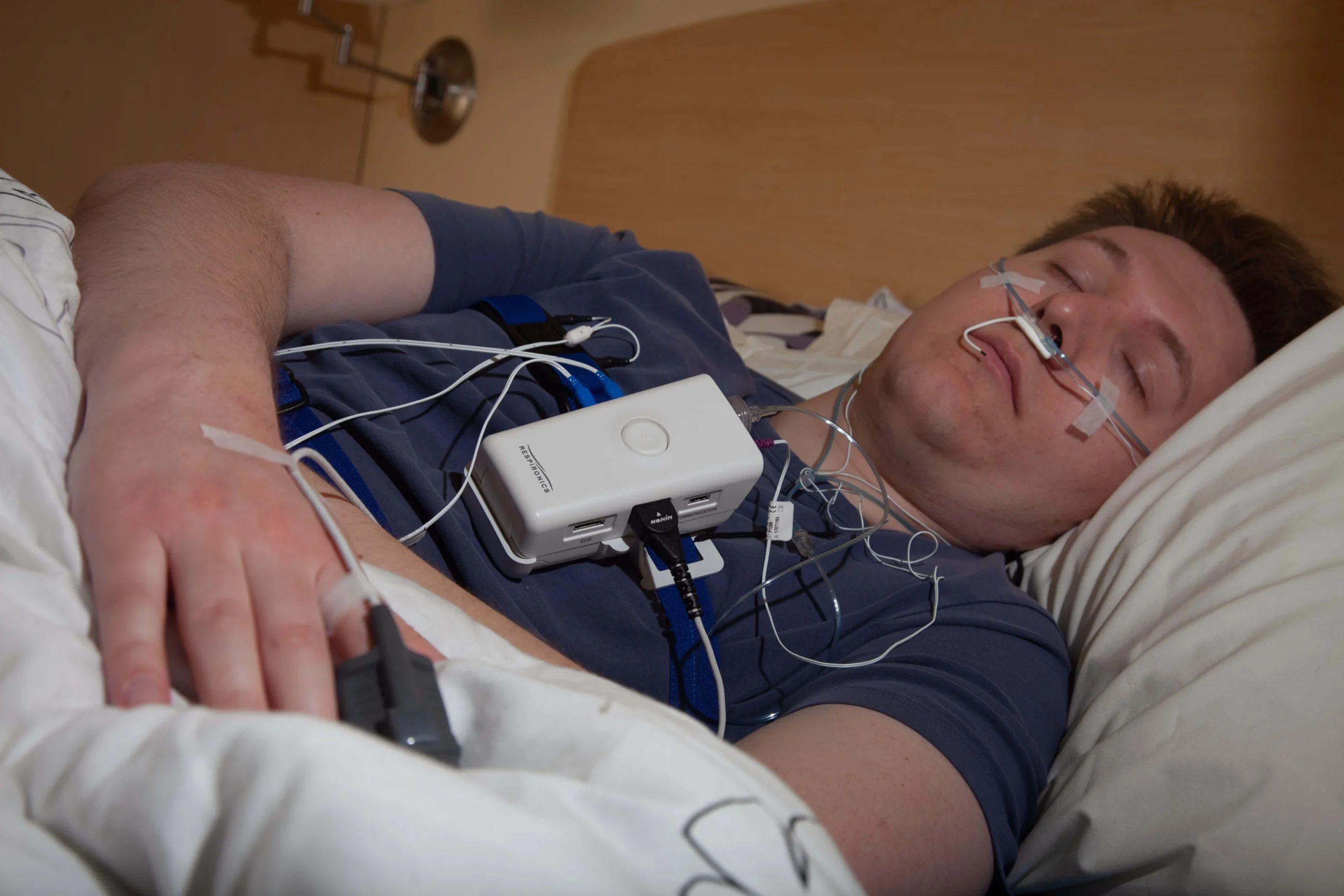
Have you ever wondered who first addresses the persistent exhaustion, the ceaseless nightly tossing and turning, or the baffling interruptions that fragment your sleep, or are these intricate problems solely within the domain of sleep specialists?
The Internal Medicine Physician as the Sleep Health Gatekeeper
In the vast landscape of adult health, the internal medicine physician serves as the crucial first line of defense against a myriad of health issues, and sleep disturbances are absolutely no exception. Our comprehensive training, which spans the diagnosis, treatment, and prevention of complex adult diseases, uniquely positions us to recognize and manage sleep disorders that often masquerade as or coexist with other common conditions. We do not merely focus on symptoms; instead, we look at the entire clinical picture, including underlying chronic diseases like hypertension, diabetes, or depression, all of which frequently impact sleep quality. For a patient who presents with chronic fatigue, we start with the fundamental question: “How are you sleeping?”
Initial Assessment and Diagnostic Acumen
Our methodical approach begins with a detailed and empathetic patient history. We will ask about your sleep patterns, noting the time you go to bed, the time you wake up, and how long it actually takes you to fall asleep. The use of a sleep diary or log, which the patient maintains for a couple of weeks, is an incredibly simple yet powerful tool we often employ, helping us to objectify subjective complaints. Furthermore, standardized questionnaires like the Insomnia Severity Index (ISI) or the Epworth Sleepiness Scale (ESS) are quick in-office tools that help us quantify the severity of the problem and guide our diagnostic thinking. We always perform a thorough physical examination, paying close attention to factors such as body mass index (BMI), neck circumference, and blood pressure, as these physical markers can strongly suggest conditions like Obstructive Sleep Apnea (OSA).
Managing the Insomnia Epidemic in Primary Care
Insomnia, characterized by persistent difficulty falling or staying asleep, is arguably the most common sleep disorder we encounter. In the general internal medicine setting, our focus is heavily placed on non-pharmacological, evidence-based treatments first. We often emphasize Cognitive Behavioral Therapy for Insomnia (CBT-I) as the first-line treatment, teaching patients principles like stimulus control therapy and sleep restriction. Stimulus control essentially means retraining the brain to associate the bed only with sleep, advising patients to leave the bedroom if they cannot fall asleep within approximately 20 minutes. Sleep restriction therapy, while counter-intuitive, temporarily limits time spent in bed to increase sleep drive for the following night, a powerful behavioral tool. We also provide extensive sleep hygiene education, advising patients on creating a dark, cool, and quiet sleep environment and strictly avoiding caffeine, alcohol, and blue light exposure from screens close to bedtime.
The Internal Medicine Approach to Sleep Apnea
When a patient presents with classic signs of loud snoring, witnessed breathing pauses during sleep, or excessive daytime sleepiness, we immediately suspect Obstructive Sleep Apnea (OSA). Given the strong link between OSA and serious comorbidities like cardiovascular disease and stroke, prompt diagnosis and management are paramount. Following our initial screening, we often order a sleep study (polysomnography). Depending on the patient’s complexity and pre-test probability, this might be a simpler home sleep test or a more comprehensive in-laboratory study. If the diagnosis of OSA is confirmed, the initial management often includes lifestyle modifications, such as weight management and positional therapy (sleeping on one’s side). For moderate to severe cases, we initiate treatment with Continuous Positive Airway Pressure (CPAP) devices, diligently managing adherence and troubleshooting common issues.
Addressing Restless Legs Syndrome and Other Parasomnias
Internal medicine physicians are also skilled in the initial diagnosis and management of conditions like Restless Legs Syndrome (RLS), which is characterized by an irresistible urge to move the legs, typically accompanied by uncomfortable sensations. Our first step is often to investigate and correct potential contributing factors, such as iron deficiency. If RLS symptoms persist and significantly impact the patient’s quality of life, we initiate appropriate pharmacological therapy or refer to a specialist for advanced management. Similarly, we are the first point of contact for many patients dealing with parasomnias, which involve abnormal movements or behaviors during sleep, such as sleepwalking or night terrors. In these cases, we focus on ensuring patient safety and ruling out any underlying medical or psychiatric conditions before considering a specialist referral.
Knowing When to Pass the Baton to the Sleep Specialist
Despite our broad expertise, there are clear clinical thresholds that prompt us to refer a patient to a board-certified sleep medicine specialist (somnologist). This referral becomes necessary when the patient presents with complex or refractory sleep disorders that do not respond to our initial treatments. For instance, if a patient’s insomnia remains chronic despite adherence to CBT-I principles and short-term medication use, a specialist is required. Conditions such as narcolepsy or central sleep apnea inherently require the specialized diagnostic and management expertise of a somnologist, who may be a neurologist or pulmonologist with additional sleep training. Furthermore, patients with OSA who are intolerant of or refuse CPAP therapy are often referred for surgical consultation with an ENT specialist or a bariatric surgeon, depending on their BMI.
Managing Comorbidities: The Internist’s Unique Advantage
One of the most valuable contributions we make to sleep health is our ability to holistically manage the complex web of comorbidities. A patient’s sleep difficulties are rarely isolated; they often intertwine with conditions like Type 2 Diabetes, obesity, hypertension, and various mood disorders. As internists, we are uniquely equipped to treat the sleep disorder in the context of the patient’s other chronic illnesses. We recognize that improving sleep can significantly improve blood pressure control or enhance glucose metabolism, and vice versa. This integrative approach ensures that the treatment plan for the sleep disorder does not negatively interact with the management of the patient’s other ongoing health issues. The value of this holistic, coordinated care cannot be overstated.
The Ongoing Commitment to Sleep Education and Advocacy
Our role extends beyond diagnosis and treatment; we are also advocates and educators for the critical importance of sleep health. We routinely dedicate time during patient visits to discuss the long-term systemic consequences of chronic sleep deprivation, emphasizing its link to impaired cognitive function, compromised immunity, and increased risk of accidents. By framing sleep as a vital pillar of health—just as important as diet and exercise—we empower our patients to take an active role in prioritizing their rest. Our guidance is often the initial spark that leads a patient down the path to a genuinely restorative night’s sleep.
A Multidisciplinary Approach to Restorative Sleep
Ultimately, the general internal medicine physician plays a pivotal, foundational role in addressing sleep disorders. We are the diagnosticians, the initial treatment providers for common conditions like insomnia and mild OSA, and the discerning professionals who know precisely when to integrate the expertise of a sleep specialist. The goal is a multidisciplinary approach that ensures every adult patient can access the care they need to achieve consistent, restorative sleep, a fundamental requirement for a healthy life. The comprehensive management of these vital issues is a constant focus for us. This critical emphasis is something we always reinforce, as the editor of www.internalmedicine.ae often underscores.
